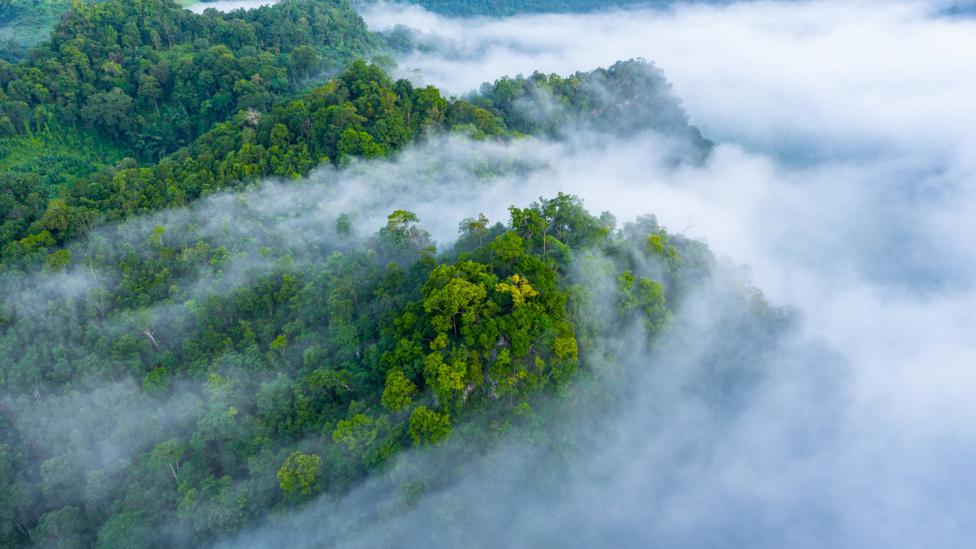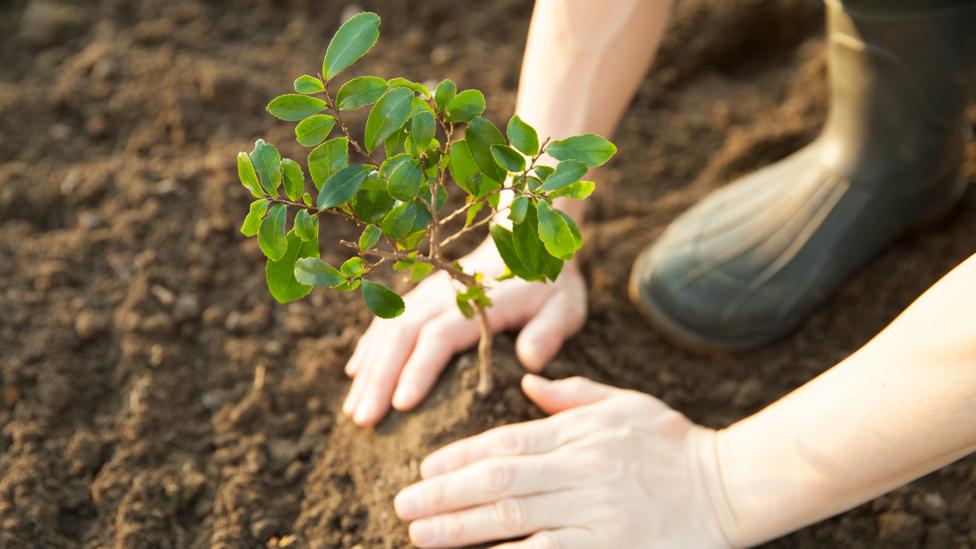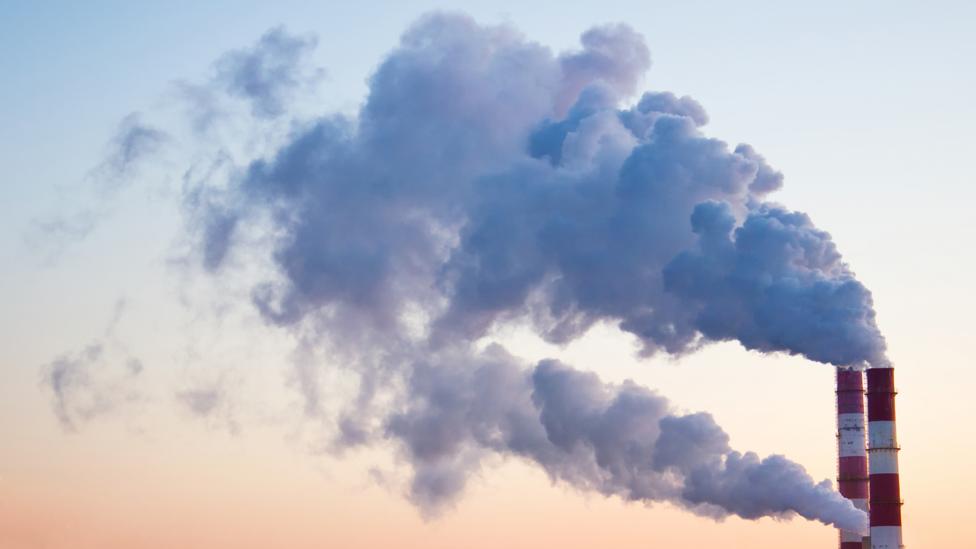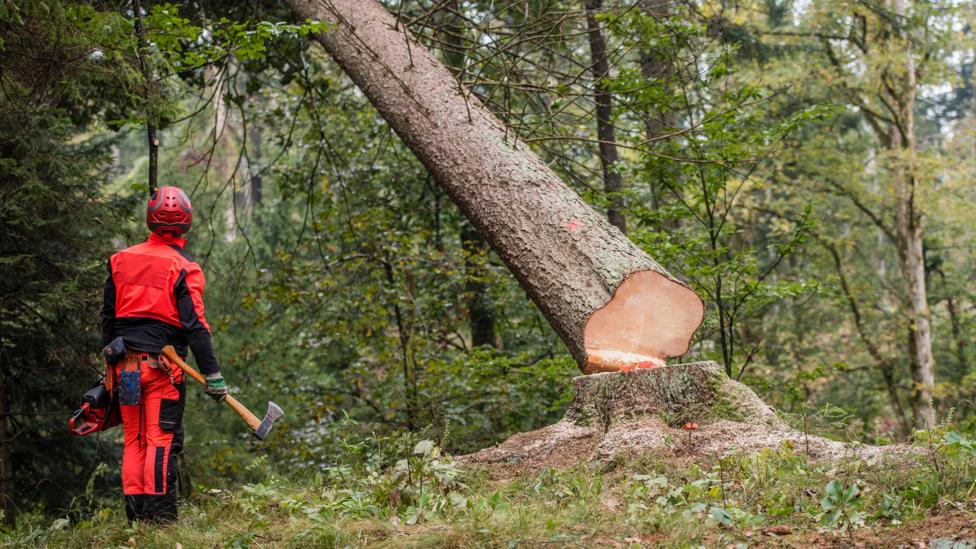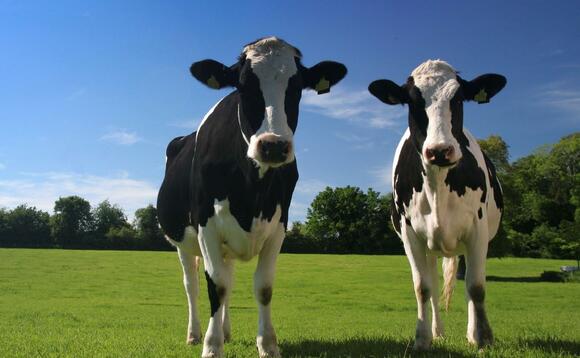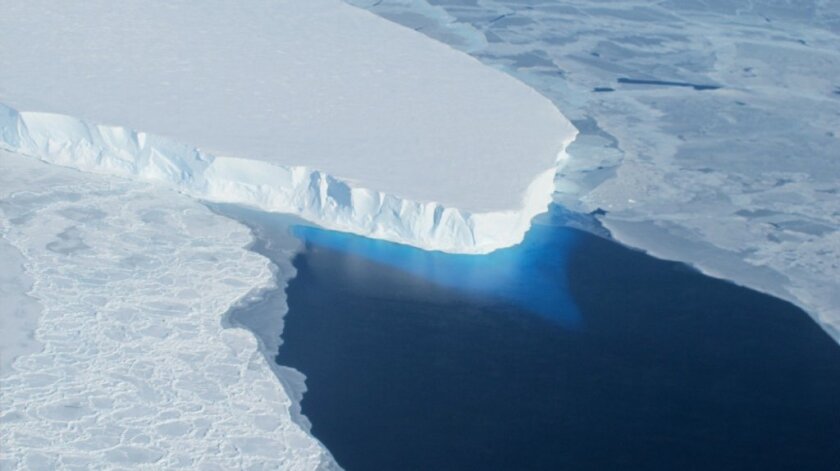May 24th, 2020 by Guest Contributor
Originally published on the website of The Climate Reality Project.
Supporting renewables can cut emissions and boost the economy, all while providing cost-competitive energy. Yet the Trump Administration continues propping up the fossil fuel industry — despite the sector facing real financial problems that began long before the COVID-19 pandemic.

Disney World solar installation, by Cynthia Shahan/CleanTechnica
Just over a decade ago the Obama Administration and Congress passed the American Recovery and Reinvestment Act of 2009: a stimulus package response to the Great Recession. Notably, it included unprecedented support for renewable energy and other green initiatives.
Since then, installed solar capacity in the US has grown from about 2 gigawatts to 78 gigawatts: enough to power 14.5 million homes. Similarly, wind capacity around the country grew from 35 gigawatts in 2009 to over 107 gigawatts in 2020. These clean energy sources haven’t just prevented millions of tons of planet-warming, air-polluting emissions — they’ve created millions of high-quality jobs, helping boost the economy when it mattered most. The stimulus push wasn’t the only factor, but it was an important one.
Now, 10 years later, you might say the opposite is happening.
In the midst of the COVID-19 crisis, the Trump Administration is largely shunning clean energy, a sector that has demonstrated outstanding economic promise, while propping up the oil, gas, and coal industries, which faced real financial challenges long before this pandemic started.
So, why are we prioritizing fossil fuels over clean energy? It didn’t make sense 10 years ago and it certainly doesn’t make sense now.

Integrated gas station with EVgo fast chargers in South Carolina, by Cynthia Shahan/CleanTechnica
Fossil Fuels: An Industry In Decline
First things first, how exactly has the Trump Administration been propping up fossil fuels? To name a few highlights, since the pandemic started, the administration has:
The threat of our changing climate aside, these actions just don’t make economic sense. Why? Because these industries were in decline before this pandemic even started. Let’s take a look at each one.
First off, coal.
In 2019 alone, US coal-fired electricity output dropped by 18 percent, reaching its lowest level since 1975. This consistent, years-long decline is largely the result of increasingly cost-competitive solar and wind energy.
So cost competitive, in fact, that it’s now more expensive to operate 74 percent of US coal plants than to build and use renewables. Those facts, combined with rising public concern over coal’s health-damaging, planet-warming pollution, make it clear that a US coal phase-out should be only a matter of time.
Next up, oil and gas.
Despite a boom over the past decade thanks to shale fracking, oil and gas face an increasingly pressing problem — they’re largely unprofitable for US drillers. Many companies in the space today continue to operate exclusively thanks to billions of dollars of investment that might never be paid back.
As news site oilprice.com reported in 2019 (note, before the pandemic):
“Despite the hype of lower breakeven prices, and despite the hype around longer laterals, energy digitalization, and other technological breakthroughs, most shale companies are still not profitable. In fact, roughly 9 out of every 10 U.S. shale companies are burning cash, according to Rystad Energy. The Oslo-based consultancy studied 40 U.S. shale companies and found that only 4 of them had positive cash flow in the first quarter of 2019.”
Similarly, a 2020 report by the Center for International Environmental Law (CIEL) describes how oil, gas, and petrochemical companies showed “clear signs of systemic weakness” long before the COVID-19 economic crisis as a result of:
- Long-term underperformance on stock markets
- Massive accumulations of corporate debt
- Legal opposition in countries critical to the industry’s future
- The increasing cost-competitiveness of renewable energy
- Growing investor skepticism about the long-term prospects for fossil fuels during an escalating climate crisis.
Clearly, just like coal the oil and gas industries were already in trouble. If anything, the COVID-19 crisis is just amplifying their preexisting woes.
Renewables: Good For The Planet And For The Economy
Now, like just about any other sector, renewable energy currently faces significant losses as a result of the COVID-19 pandemic. Nearly 600,000 clean energy workers around the country have lost their jobs and projects are being put on hold. However, this crisis is also demonstrating this industry’s remarkable durability.
Recent headlines highlight how, even in the midst of this crisis, the US clean energy transition is still going strong:
- The Department of Interior just approved plans for a 690-megawatt solar project in Nevada— the largest ever in the US.
- For the first time ever America’s renewable energy sources have produced more electricity than coal every day for 40 days straight.
- The city of Houston, Texas, the self-proclaimed “energy capital of the world”, has announced its plan to move to 100 percent renewable energy sources starting in July. This change is expected to save the city $65 million over the next seven years.
- In California, an electric utility just announced that it will build 770-megawatts worth of battery storage for renewable energy. This single project tops all 2019 US installations by more than 200 megawatts.
Those are a just a few US-focused headlines, but long-term projections tell the same story all around the world: renewables are here to stay.
According to the International Energy Agency, although growth in renewable electricity generation is smaller than anticipated before the COVID‑19 crisis, it’s still expected to rise by nearly 5 percent in 2020.
Similarly, the Financial Times recently described how, “Renewable energy is one of the few sectors that has managed to weather the devastating effects of coronavirus, with new deals and new records being struck, even while the rest of the world has been grappling with the pandemic”.
Economics are increasingly on the side of renewables, making them the right choice both financially and environmentally. So, why won’t the Trump administration embrace the transition away from fossil fuels that we need? Just like a decade ago, supporting clean energy today could supercharge our economy while tackling the climate crisis.

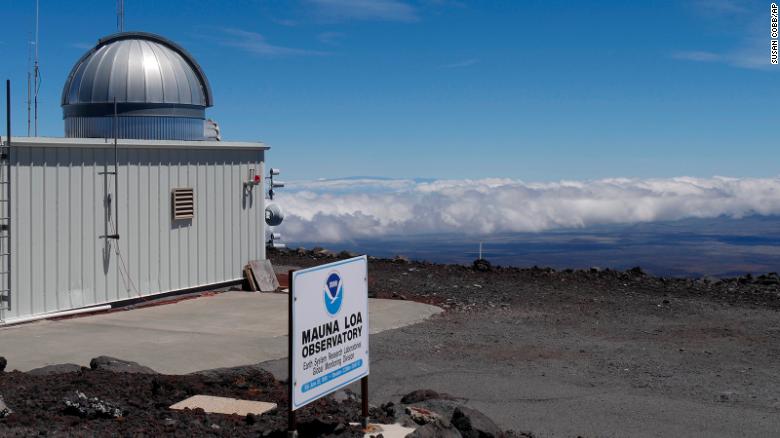 A 2019 photo by National Oceanic and Atmospheric Administration of the Mauna Loa Atmospheric Baseline Observatory in Hawaii.
A 2019 photo by National Oceanic and Atmospheric Administration of the Mauna Loa Atmospheric Baseline Observatory in Hawaii./cdn.vox-cdn.com/uploads/chorus_image/image/69207803/1042402326.0.jpg)
